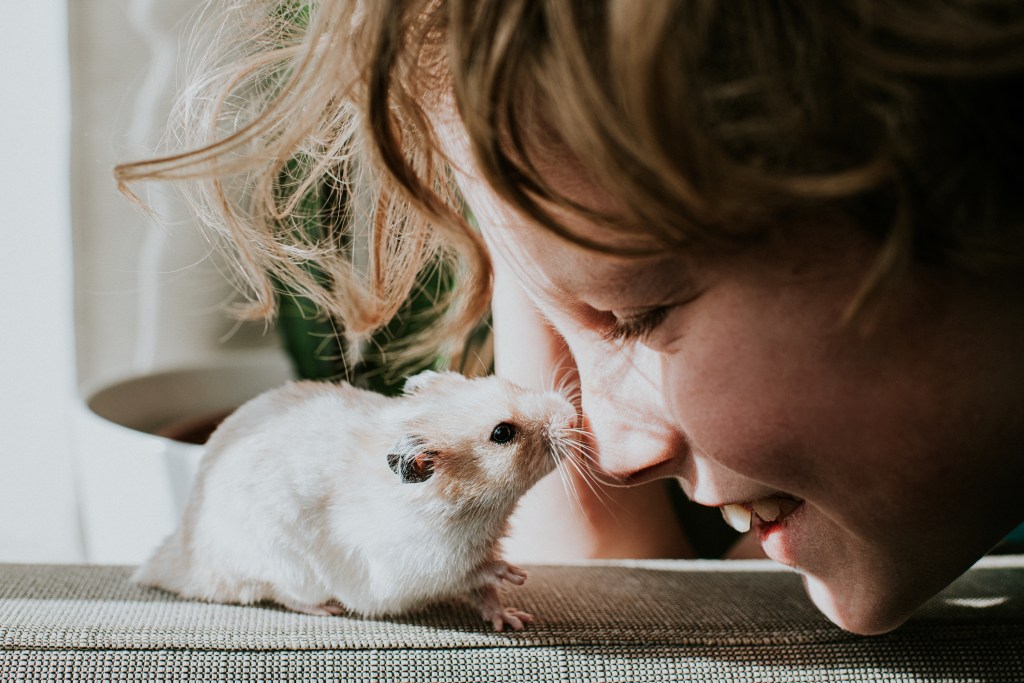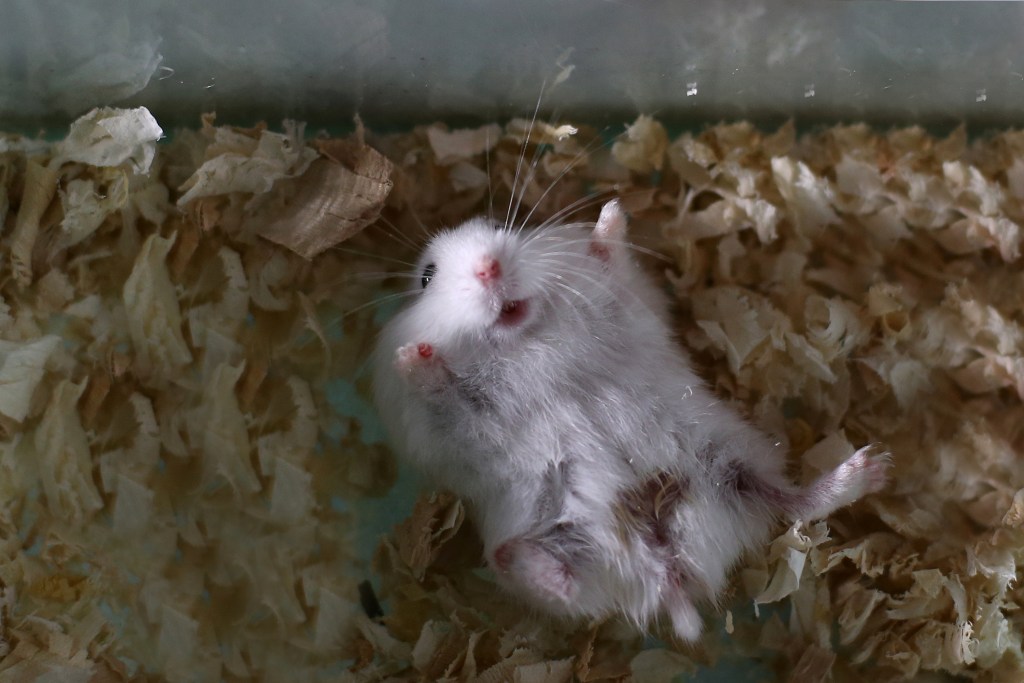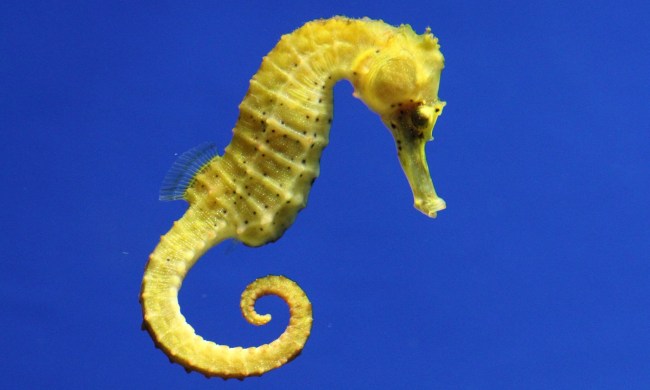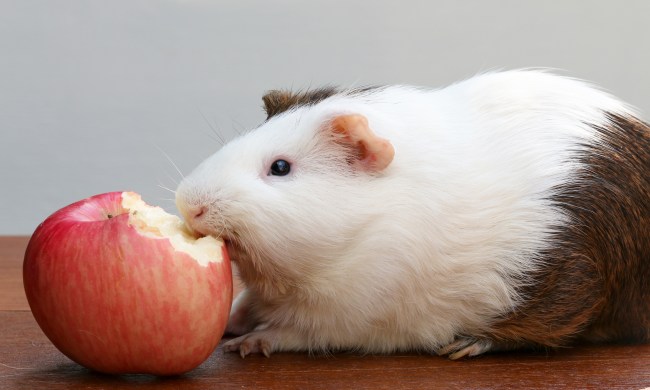Human and pet communication comes with a lot of challenges. Since we don’t all speak the same language, we rely on other cues to understand each other, and in turn, pets can pick up on some words and phrases to help us along. With the exception of a few rather clever birdies, animals can’t ever come right out and tell us what they want or how they’re feeling. Instead, we need to pay close attention to our small pets and discover their unique quirks that will give us a little insight into their wants and needs. Wondering how to make your hamster happy? Keep reading to learn about his behaviors and keep him contented.

How do you bond with your hamster?
The most important component of making your hamster happy is building up the bond between the two of you. When you first bring him home, meet all of his needs, but don’t crowd him. Just like you might need a few days to get used to a new home when you move, so does your new tiny friend.
One way to break the ice is by bringing your hamster treats. This can also be a good way to figure out his favorites. Once you know what will get him squeaking with delight, you can use that to start building a proper relationship. Guide him to your hand and let him smell you, then give him a couple of pats if he’ll let you. Work up slowly to pick him up when he seems agreeable, and be sure to put him back down when he doesn’t want to be held. Soon enough, with time and effort, he’ll be itching for you to carry him around.
How do I know if my hamster is happy?
Just as you get to know which food your hamster enjoys most, so too will you learn his habits. Study him closely so you can tell exactly when something has changed and can immediately look for the source. A happy hamster will eat tons of food (stuffing his cheeks in the process), stay up really late, and do lots of reps on his hamster wheel. When you approach his cage or talk to him, he’ll often come right up to greet you happily. One last thing: oftentimes, you’ll spot your furry friend yawning or stretching when you play with him. That doesn’t mean he’s bored—far from it. This is another sign that he’s enjoying all the cuddles and attention.

How do you cheer up a hamster?
Does your hamster seem down? You should check for anything major, like a cold or the dreaded wet tail, which hamsters are prone to. However, like all creatures, he might just be having a bad day. Give him some extra time and attention, including petting him. But more importantly, take him out of the cage for a little exploring in a safe and controlled manner. While he’s out, provide an additional treat or two as a pick-me-up. Most importantly, these critters need lots of exercise, and a grumpy pet often means he’s not getting enough playtime. Introduce new toys or a more robust routine so he gets his steps in every day.
How do you get your hamster to like you?
After you’ve bonded with your animal, you need to maintain the relationship. Make sure you interact daily so that he doesn’t forget what you look, sound, and smell like. In addition, while the two of you might be besties, you’ll need to make him warm up to other family members (don’t bother with pets, though—your dog is his natural enemy, and he might not fare better with your cat either). Anyone who wants to befriend this little guy should go through the same steps that you did, starting with offering a nibble of a favorite snack and building up to holding him. And don’t underestimate the value of treats; copious peanuts will go a long way toward encouraging your hamster to like you and everyone else who feeds him.
Final thoughts on your hamster’s happiness
Really, the key to hamster happiness is comfort and safety. They need plenty of food, space, affection, and playtime to stay fit and content. Having a large, clean cage with lots of water can make the difference between a happy hamster and a miserable one. Watch carefully for extreme changes in mood, as they often indicate that something is wrong. Be aware too though that just like us, your hamster can also have an off day now and then. Remember, hamsters that haven’t spent enough time around humans often nip when scared or upset. Consistent petting and, of course, lots of delicious snacks will endear you to him forever.



